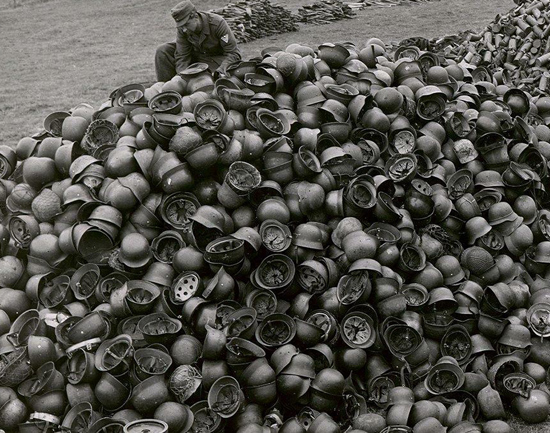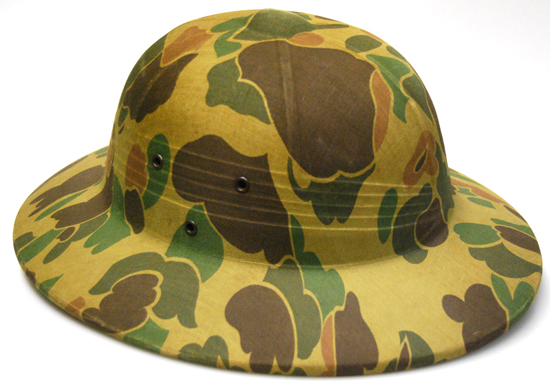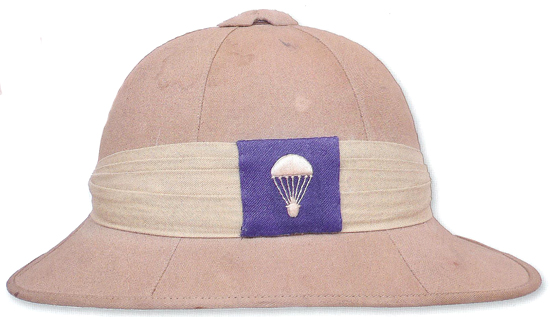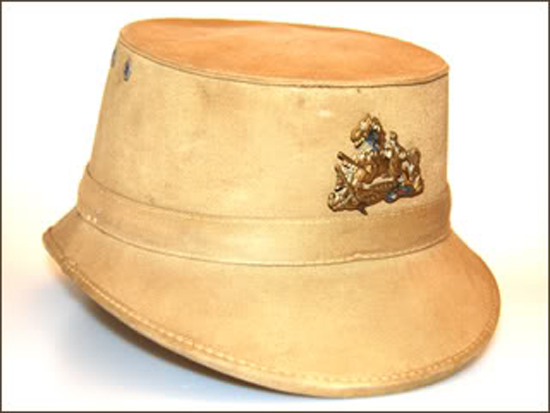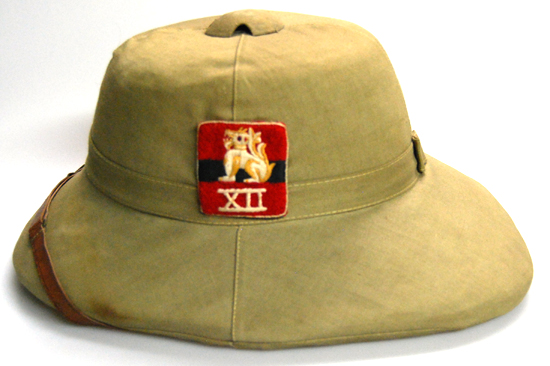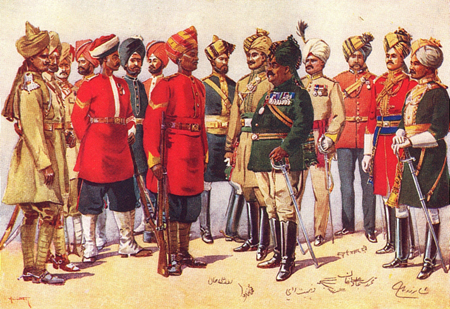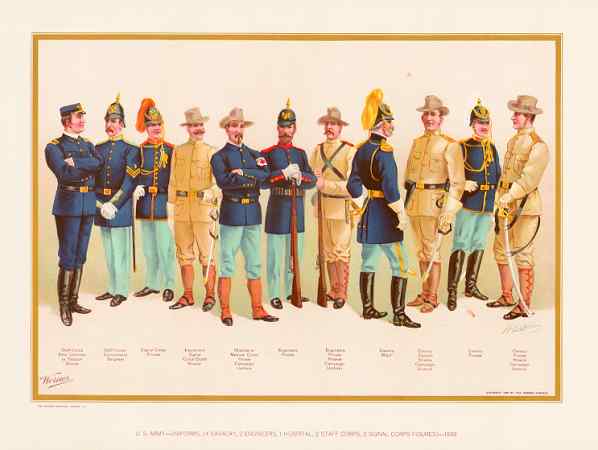There are dozens of known images – such as the one above – of piles of steel helmets that were collected during and then after the end of the Second World War. The Germans had collected massive piles of steel helmets from Poland, Denmark, the Netherlands, Belgium, and of course France. After the end of the war there were practically mountains of German steel helmets! All of these have been well documented in period photographs.
With conservative estimates the piles could literally be worth millions of dollars, and for collectors of steel helmets these photos have almost mythical quality. However, the question this writer has long had was whether there were ever similar piles of sun/pith helmets? Given the thousands of German and Italian soldiers who surrendered in North Africa at the end of 1943 it must be asked what happened to the equipment – notably the sun helmets. Continue reading

